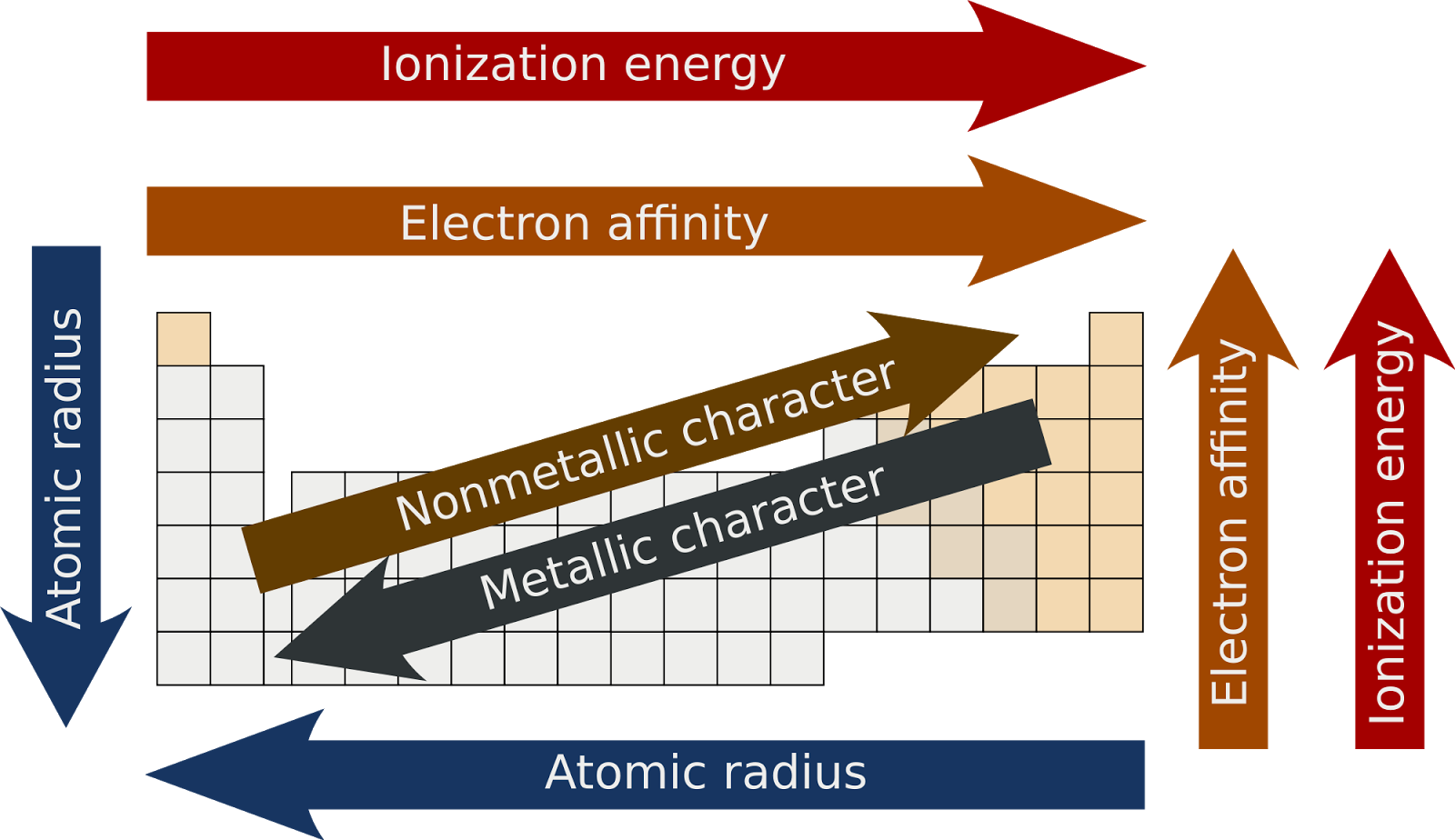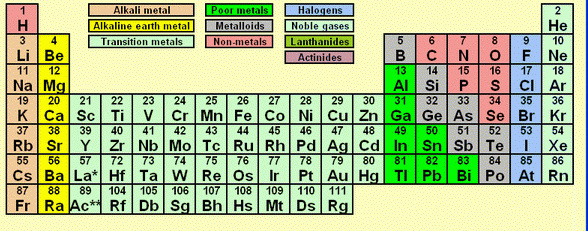

If you couldn’t do one of the previous parts, make up an answer and explain what you would have done. If any part asks you to answer a question based on your results to the previous parts, be sure to actually use your prior results to answer. Read all the parts before you start answering and think about how they might be related (sometimes they aren’t). The short and the long AP Chemistry questions have several parts. A good approach might be to start reading at the bottom and read back to the beginning to get the global view of the problem or question. Spend more time reading and less time writing to make sure you really understand what is being asked. Read each free-response question all the way through before doing any work.

You should pace yourself to allow for approximately 10 minutes each for the short questions and about 16 minutes each for the long questions. The questions cover all nine units in the chemistry course and will pertain to experimental design, analysis of lab data and observations for patterns or explanations, analysis or creating atomic or molecular views to explain observations, translating between representations, and following a logical analytical path to solve problems. There are two types of free-response questions on the AP Chemistry Exam three are long, multipart questions and four are short, single/multipart questions. Remember that there is no penalty for guessing. You should try to answer all questions.You have only 10 minutes, so make it count! Any correct “guesses” on this pass are bonus points. If you don’t know the correct answer see if some key piece of knowledge will allow you eliminate 2 or 3 of the choices. Do not spend any time on the “N” questions. Now make a second pass concentrating on the “Y” questions only.
#Ap chem periodic table full#
Force yourself to move through 15 questions each 10 minutes and the full 60 questions in 40 minutes.
#Ap chem periodic table how to#
Mark an “N” next to the questions that you don’t have any idea how to work.Mark a “Y” next to the questions that you know how to work but need more time.Mark the correct answer from one of the 4 answer choices.Remember that there will be some math questions but their solutions will be based on basic calculations, rounding, estimating, and approximation. Quickly determine the subject of the question.Examine each question for a maximum of 40 seconds (on average, some will take less time allowing more time for others, like item sets).Remember that you will have access to a calculator, the AP Periodic Table of the Elements, and the AP Chemistry equations and constants sheet for the entire exam.įor even pacing and maximizing your score, try the following strategy: Item sets will have two or more test questions, each with four choices, A–D, based on a graph, an experiment, a set of data, or some other stimulus given at the beginning of the set. The discrete items are the typical stand-alone test questions in which four choices, A–D, are given from which the correct answer is to be selected. There are two types of multiple-choice questions on the AP Chemistry Exam, discrete items and item sets. For example, some calculations might involve the entry of numbers in exponential notation, the conversion into or from common and natural logs, and perhaps percent. Be familiar with the functions on your scientific calculator in order to select the appropriate calculator buttons. Since a calculator is allowed on the exam, arithmetic may not involve round numbers on MCQs, and accurate answers are expected on FRQs. The night before the exam, be sure to remember such basics as getting plenty of sleep, eating a healthy breakfast, and dressing comfortably and warm enough for the room environment.


Consider studying in groups to go over challenging problems and/or concepts, and ask your teacher for help when you have difficulties. If your teacher offers tutorial sessions, make every effort to attend. Use a study outline (teacher supplied or your own) to focus on the concepts and skills most likely to be tested. You are strongly encouraged to study outside of class.


 0 kommentar(er)
0 kommentar(er)
